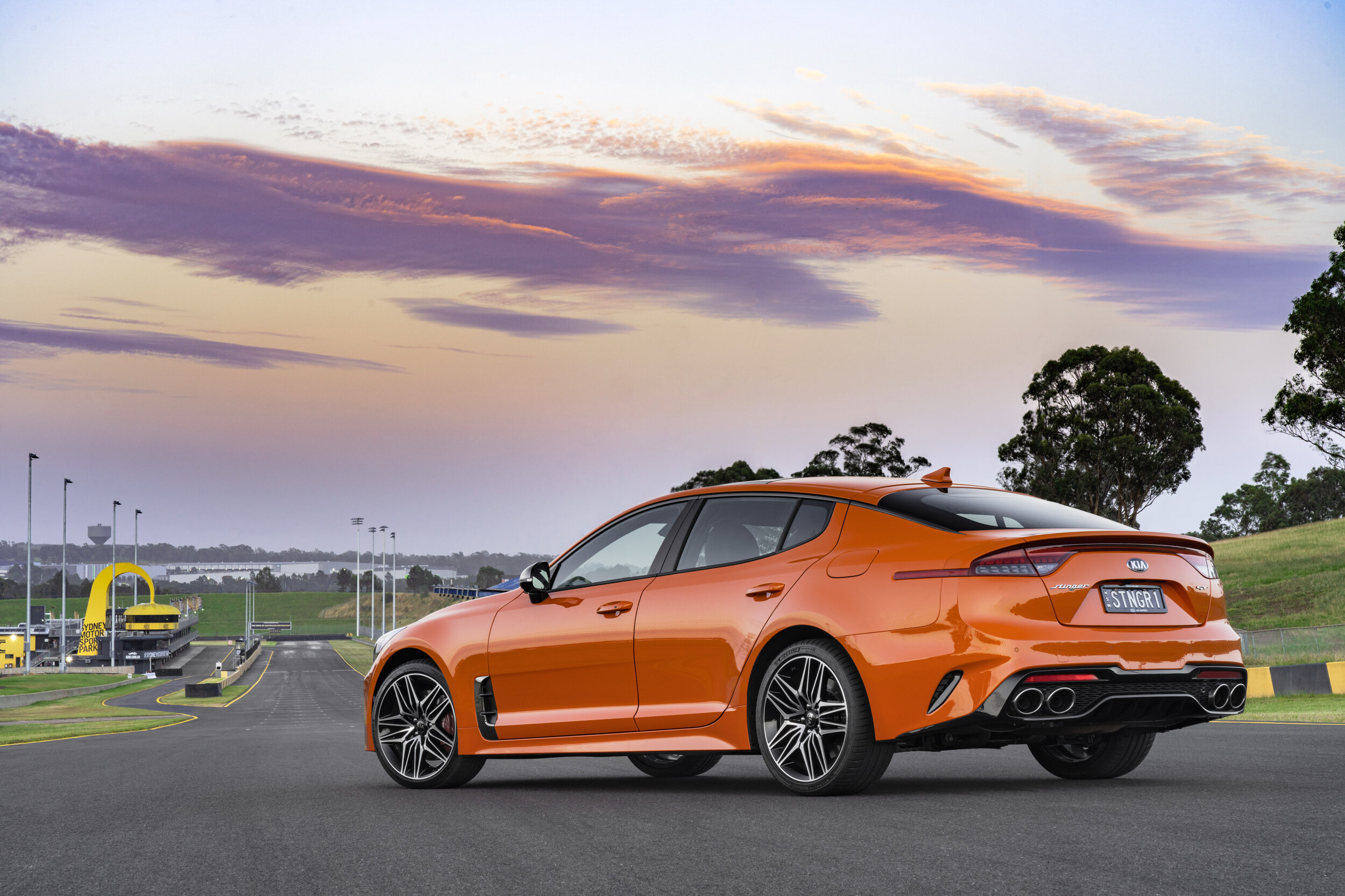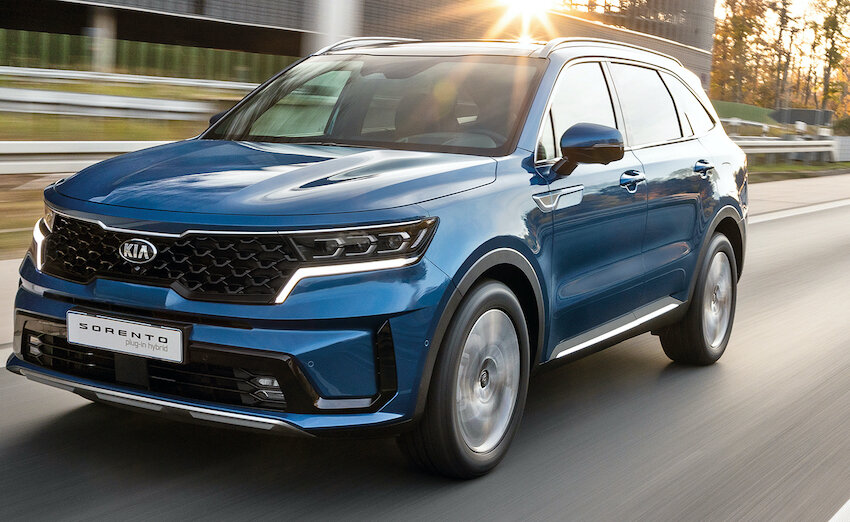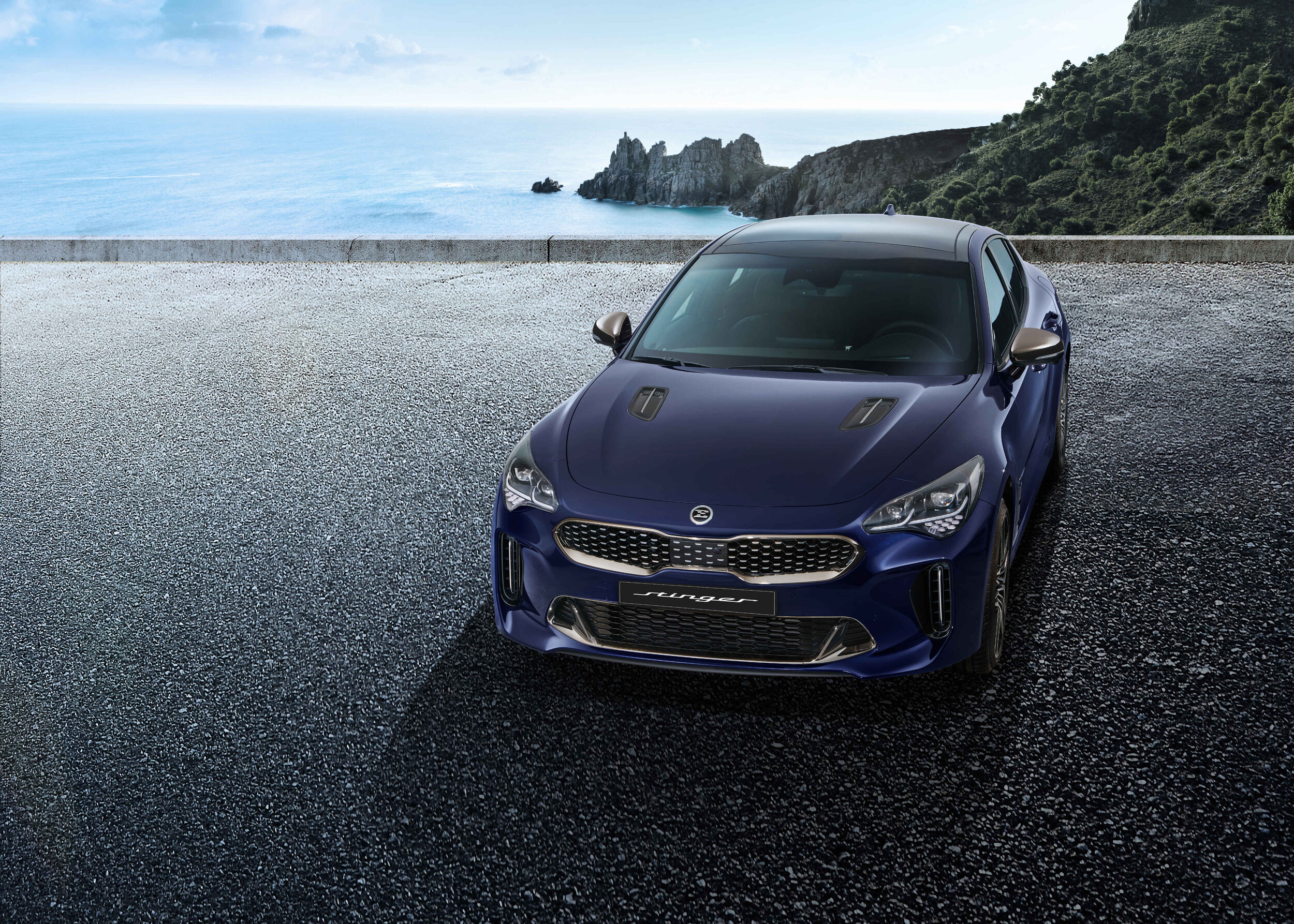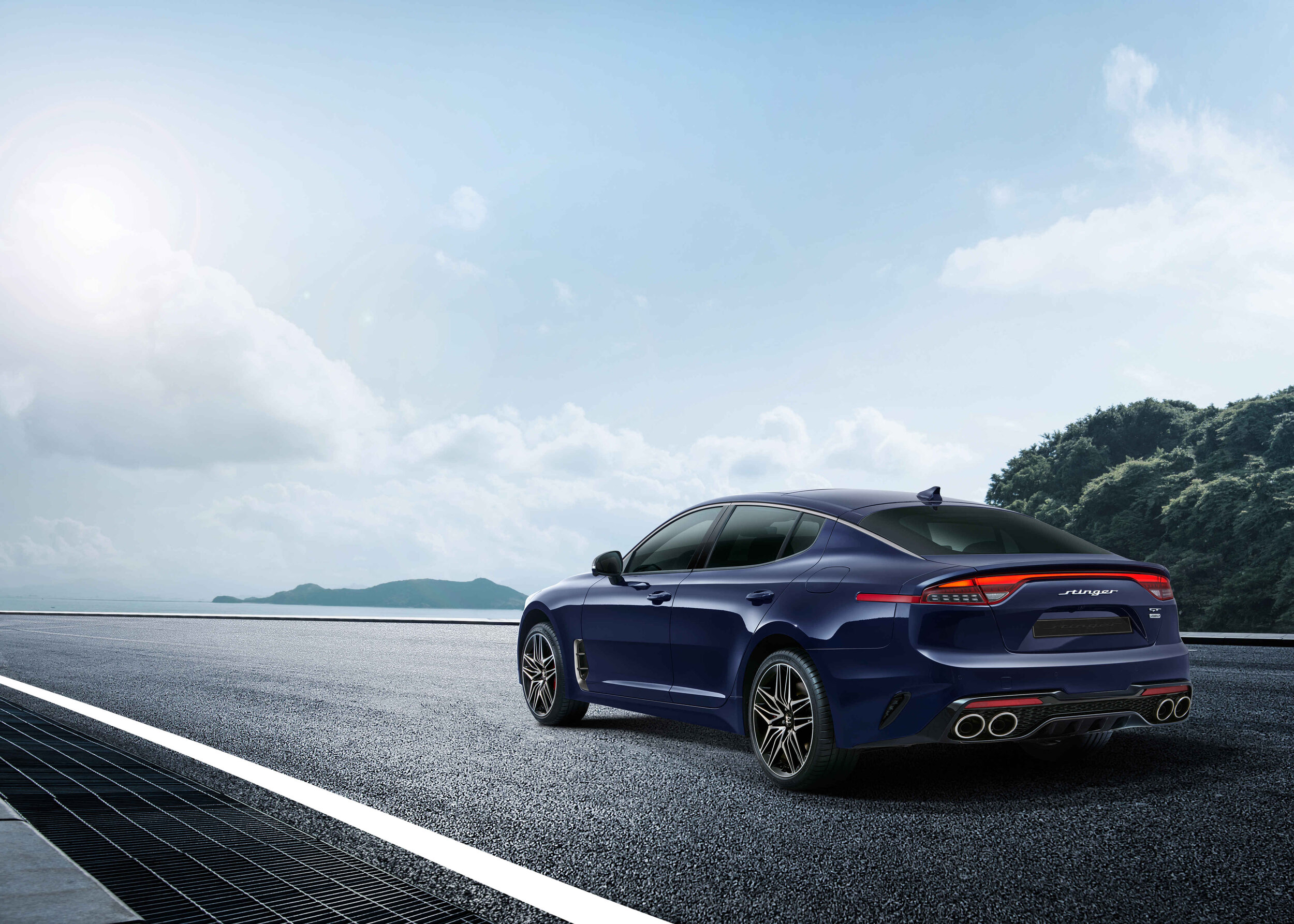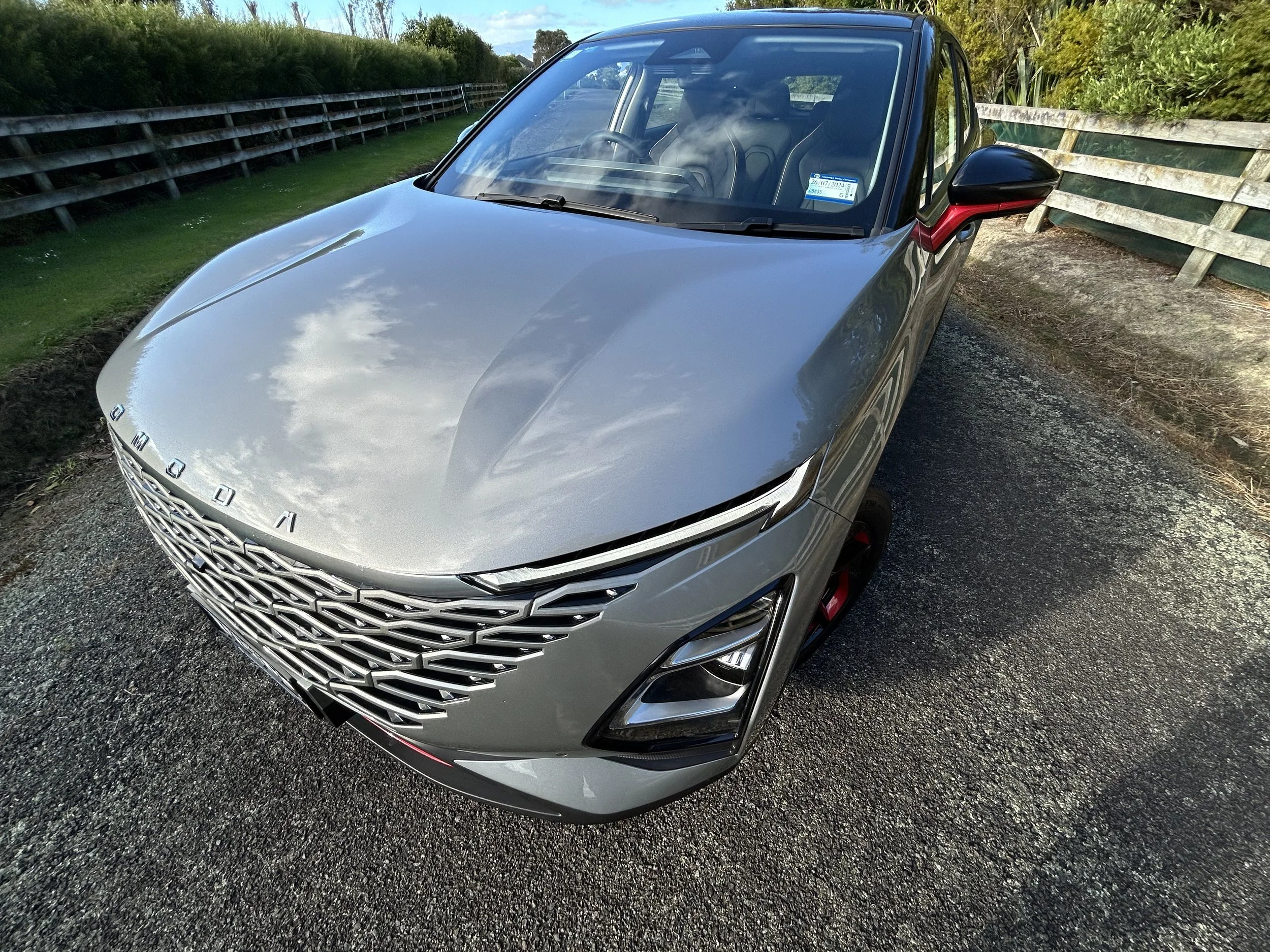Kia prices hybrid models, what’s Hyundai’s move?
/The Sorento has beaten its sister ship, the Santa Fe, in arriving with petrol-electric powertrains.
HOW long before Hyundai here catches up with its subordinate in offering a seven-seater sports utility with electric assistance has yet to be answered – whether the parent’s ultimate equivalent will also slip under the $100,000 mark is also not yet known.
The New Zealand distributor for Kia has stolen a march on Hyundai New Zealand in releasing the Sorento in two petrol hybrid versions, one with plug-in recharging and the other mild.
The New Zealand agent for Hyundai did not respond to questions today about when its Santa Fe, the Kia’s sister ship, will arrive with the same technology, which was developed by Hyundai then shared with the sibling brand.
However, Hyundai NZ has always indicated it will also provision the Santa Fe with the very same hybrid drivetrains.
As expected, the battery-assisted editions are more expensive than the other Sorento variants Kia has here.
At $89,990, the PHEV is the most expensive Sorento ever sold here, while the hybrid also raises the stakes in its $80,990 front-drive and $82,990 all-wheel-drive formats.
All three are in the highest-level trim Kia offers with the model, according to a brand announcement shared by media today.
To date, the most expensive Sorento here has been a turbodiesel, also in the Premium trim, that costs $76,990.
Kia’s pricing strategy appears to reflect that there is an unavoidable costing factor with the hybrid tech, which allies to a four-cylinder petrol engine in either of its formats.
It also raises another question: How much more the Hyundai models might cost?
There is already pricing inequality between the diesel sister ships, most obviously when the best-kitted versions are compared.
Though the specifications are identical, and they have the same powertrains, the Sorento Premium costs a whopping $13,000 less than the Santa Fe Limited – whose RRP is lineball with the Sorento Premium PHEV’s sticker.
Both hybrids run a turbocharged 1.6-litre four producing 132kW/265Nm, but the electric motors and their feeder batteries are different.
As previously reported, the Sorento (and Santa Fe) PHEV runs a 13.8kWh lithium-ion battery that delivers an optimal electric-only range of 57km per charge. The PHEV’s electric motor creates 67kW and 304Nm,
The hybrid (again, in both models) has a 44kW electric motor. It also has a smaller battery, rated at 1.5kWh.
Overall claimed outputs are 195kW/350Nm for the PHEV and 169kW/350Nm for the hybrid. The diesel creates 148kW and 440Nm.
Kia claims a combined fuel economy of 1.6L/100km and cites a CO2 count of 36 grams per kilometre from the PHEV. The figures for the mild hybrid have yet to be shared, but economy could well likely be closer to the diesel’s 6.1L/100km, if not the oiler’s 159g/km optimal.
Kia’s Premium grade ticks off leather upholstery, a heads-up display, wireless phone charging, Bose audio and a comprehensive passive and active safety suite.







